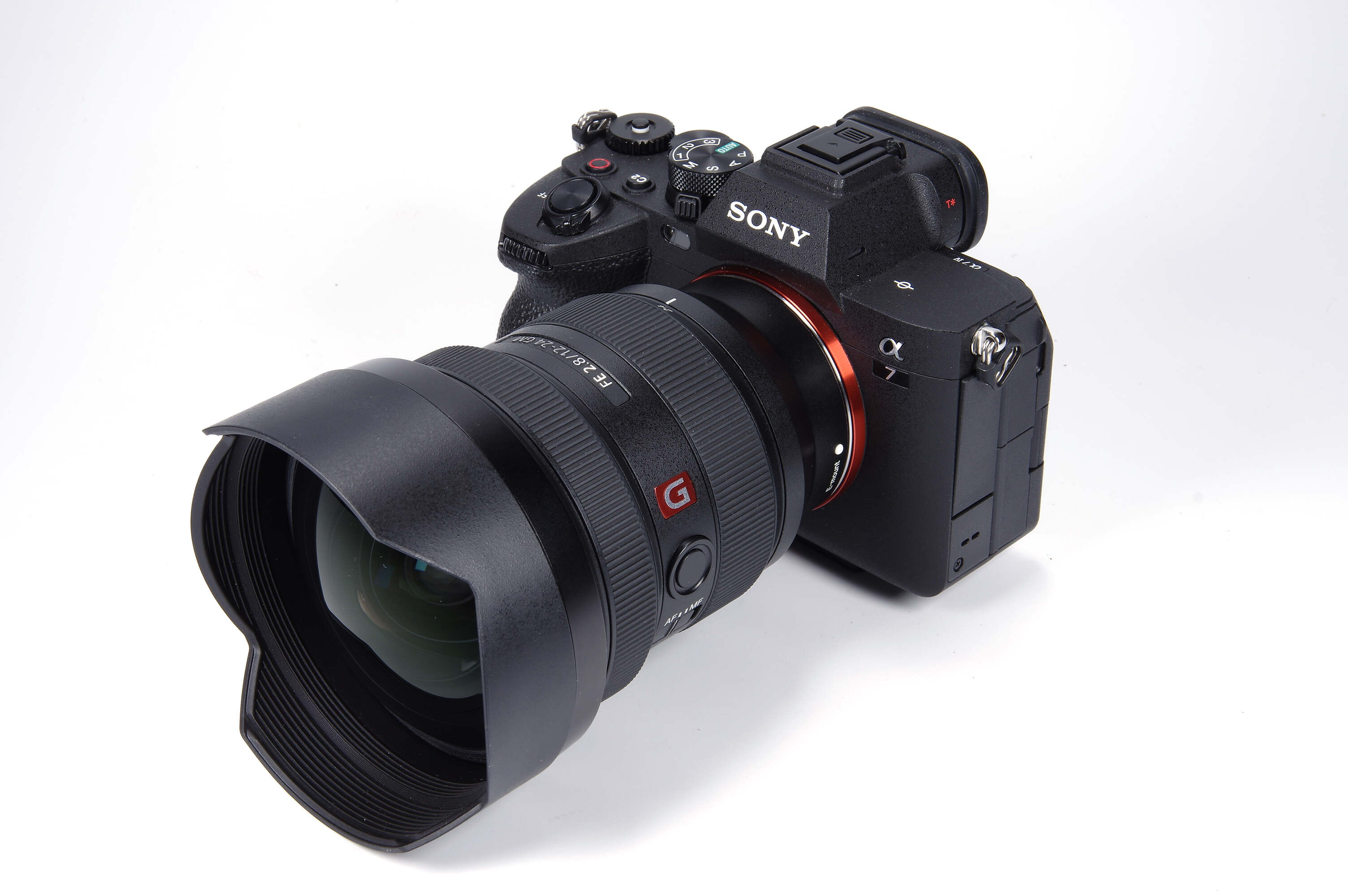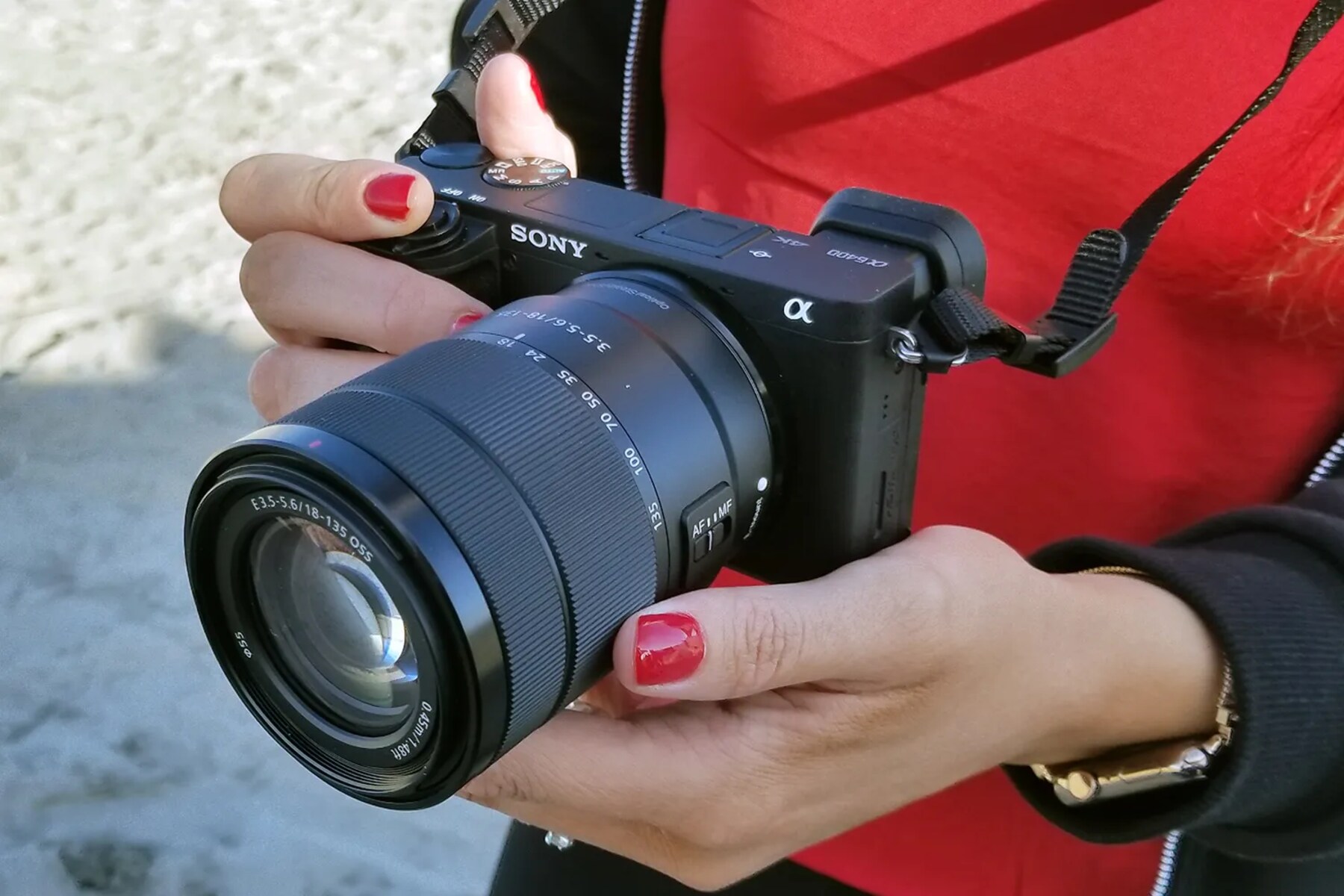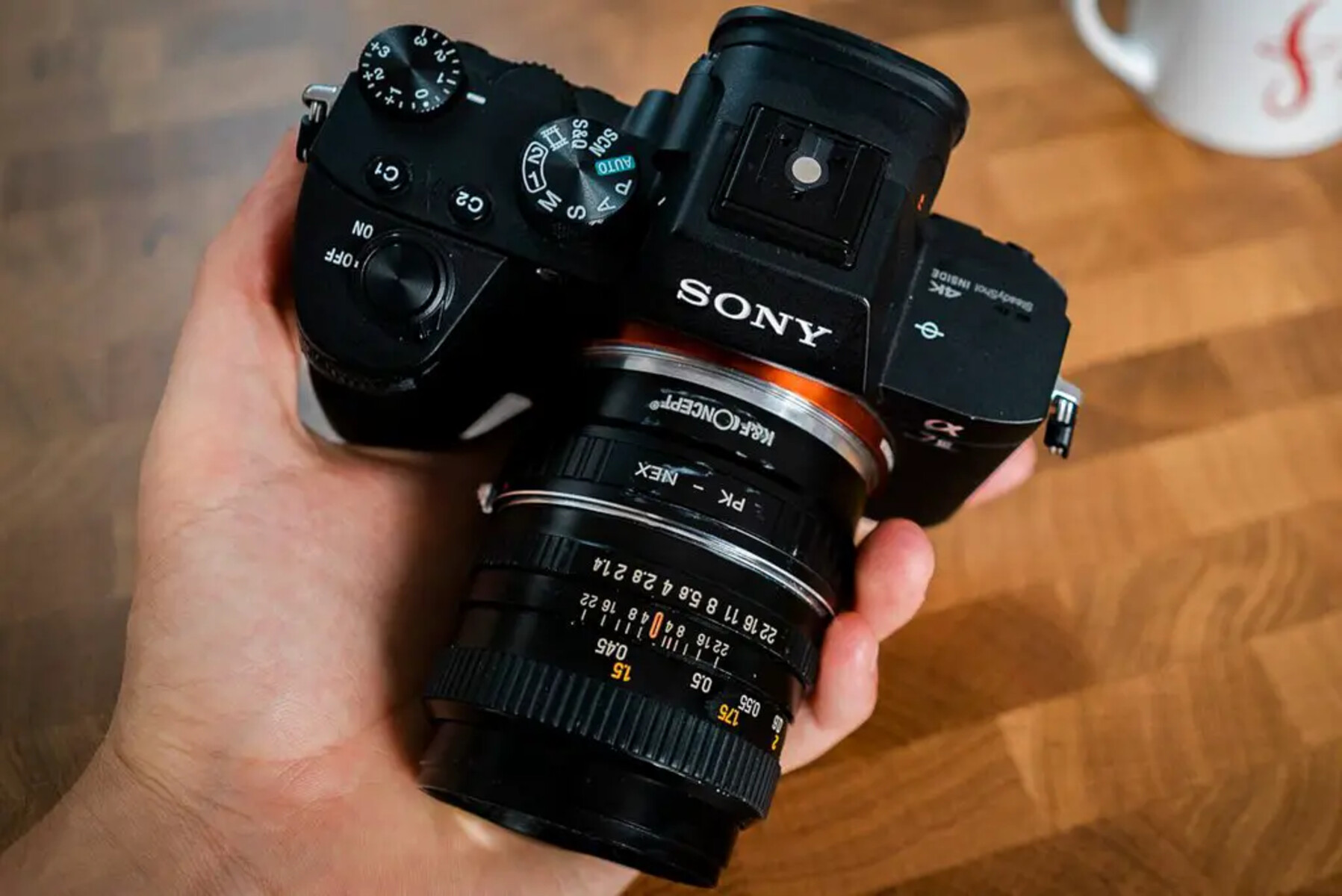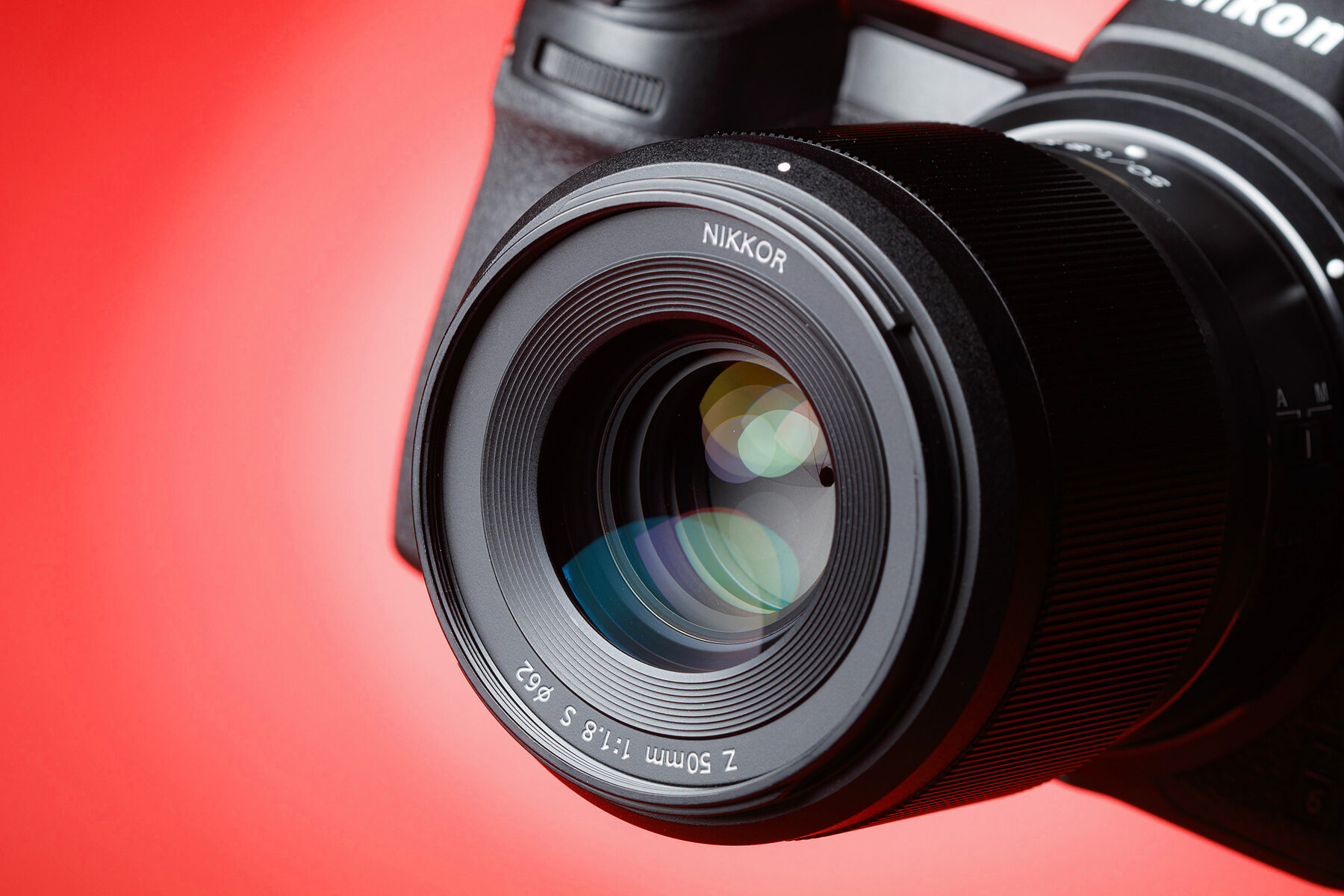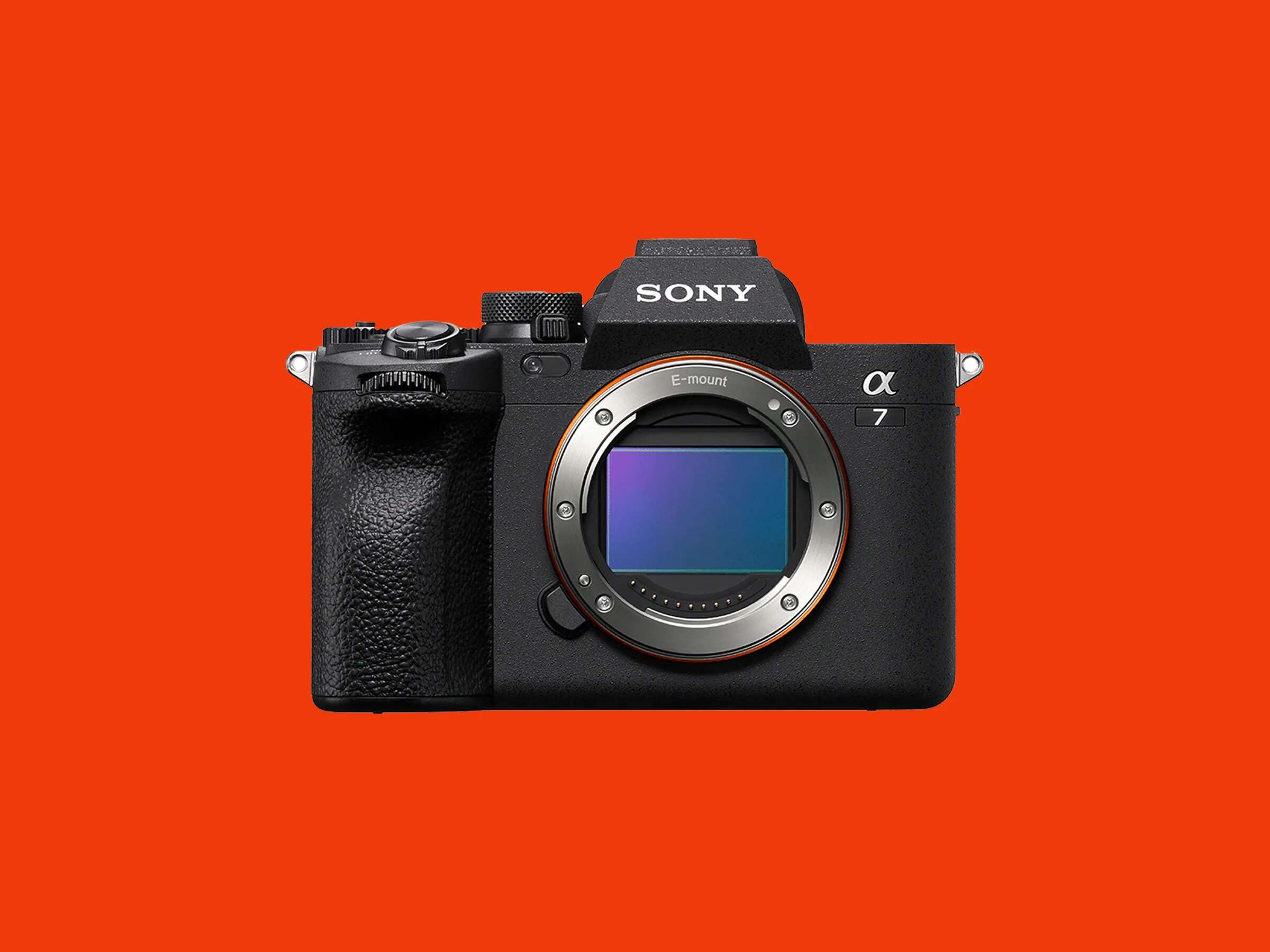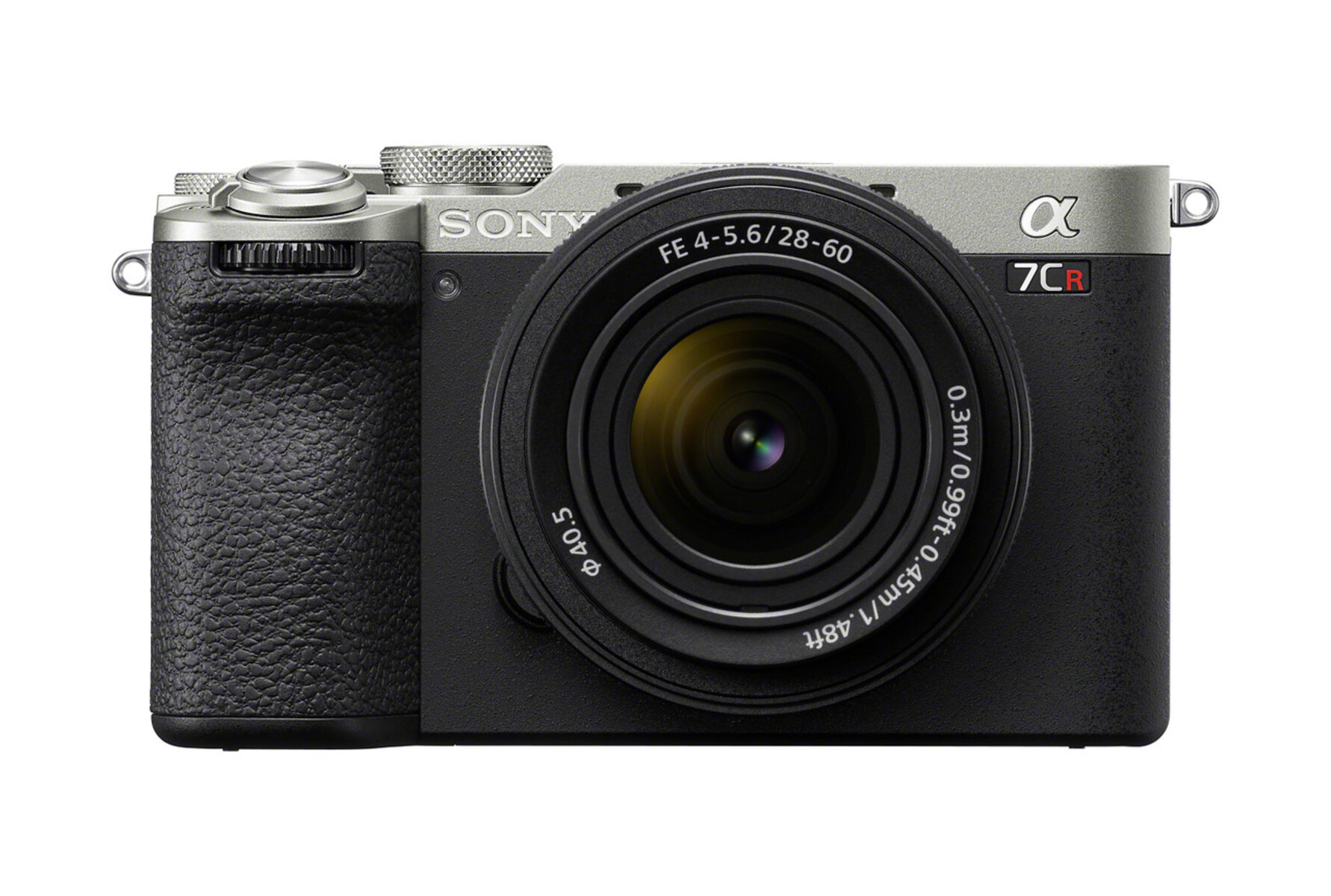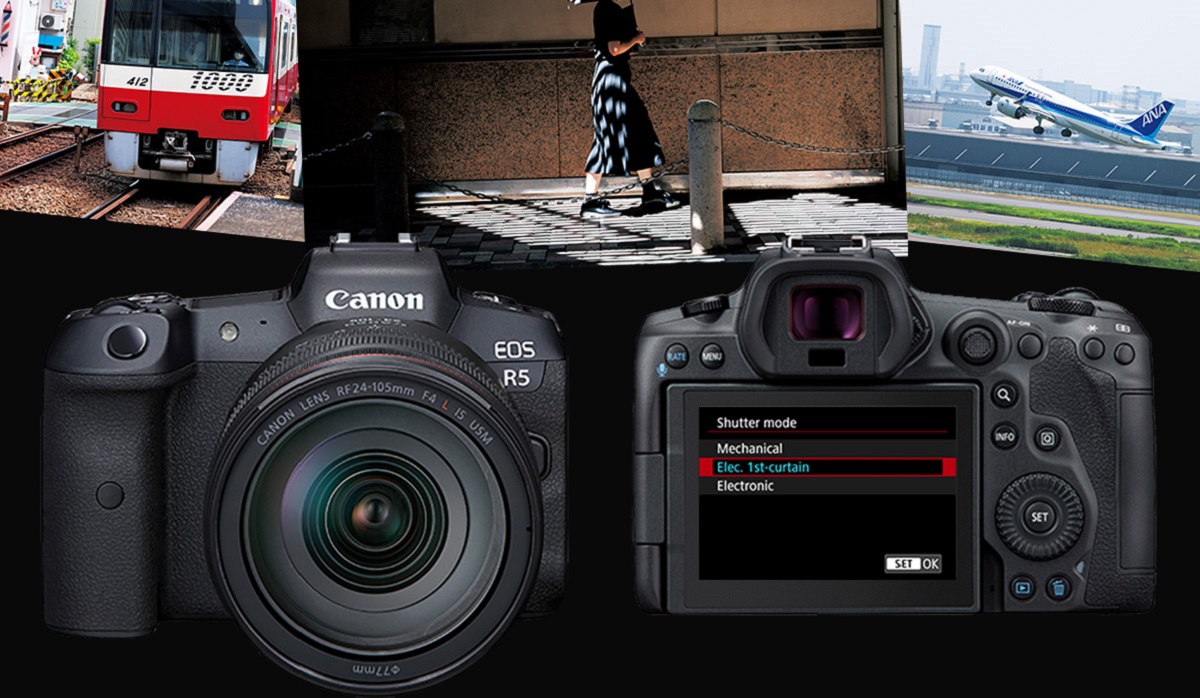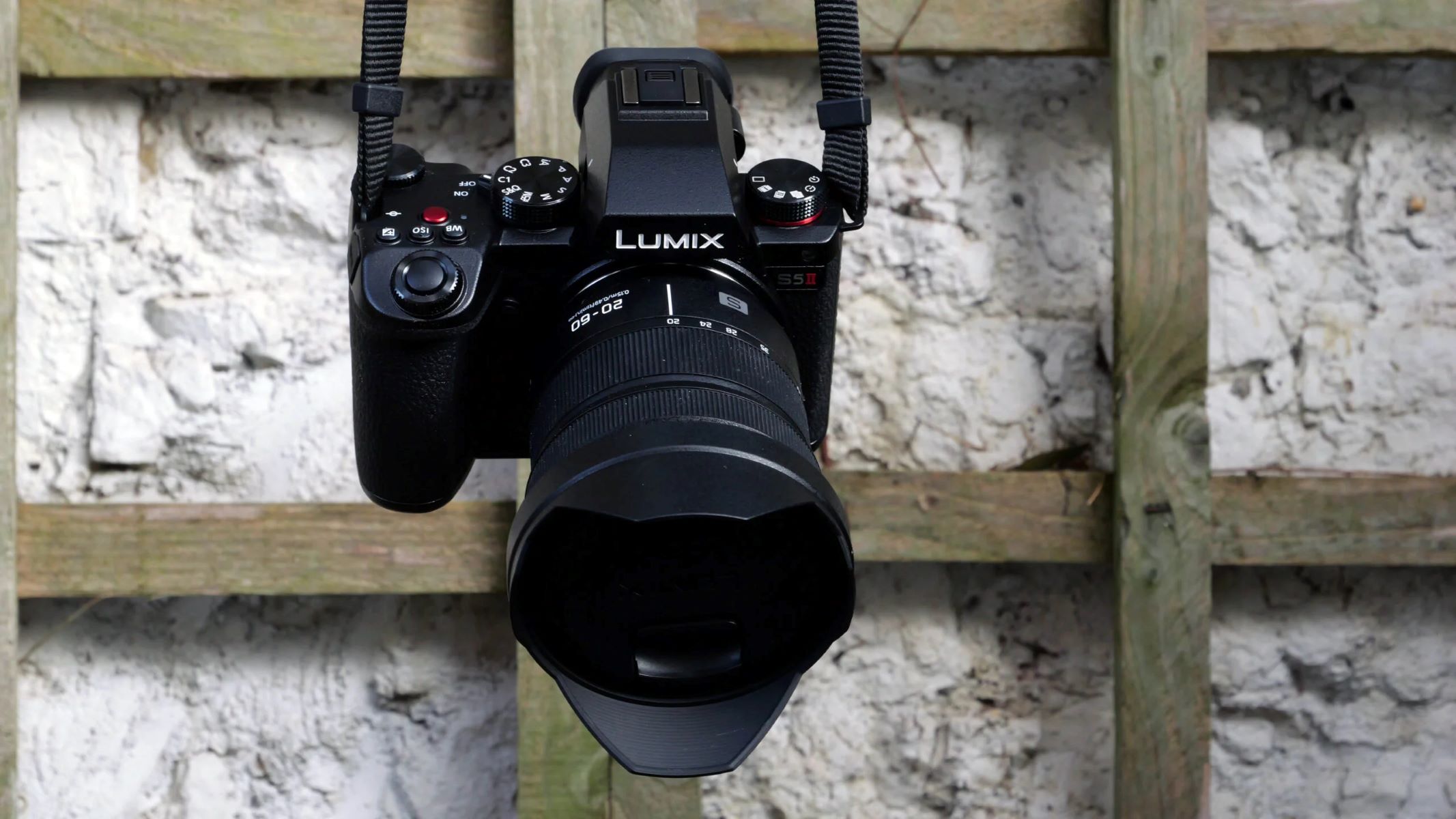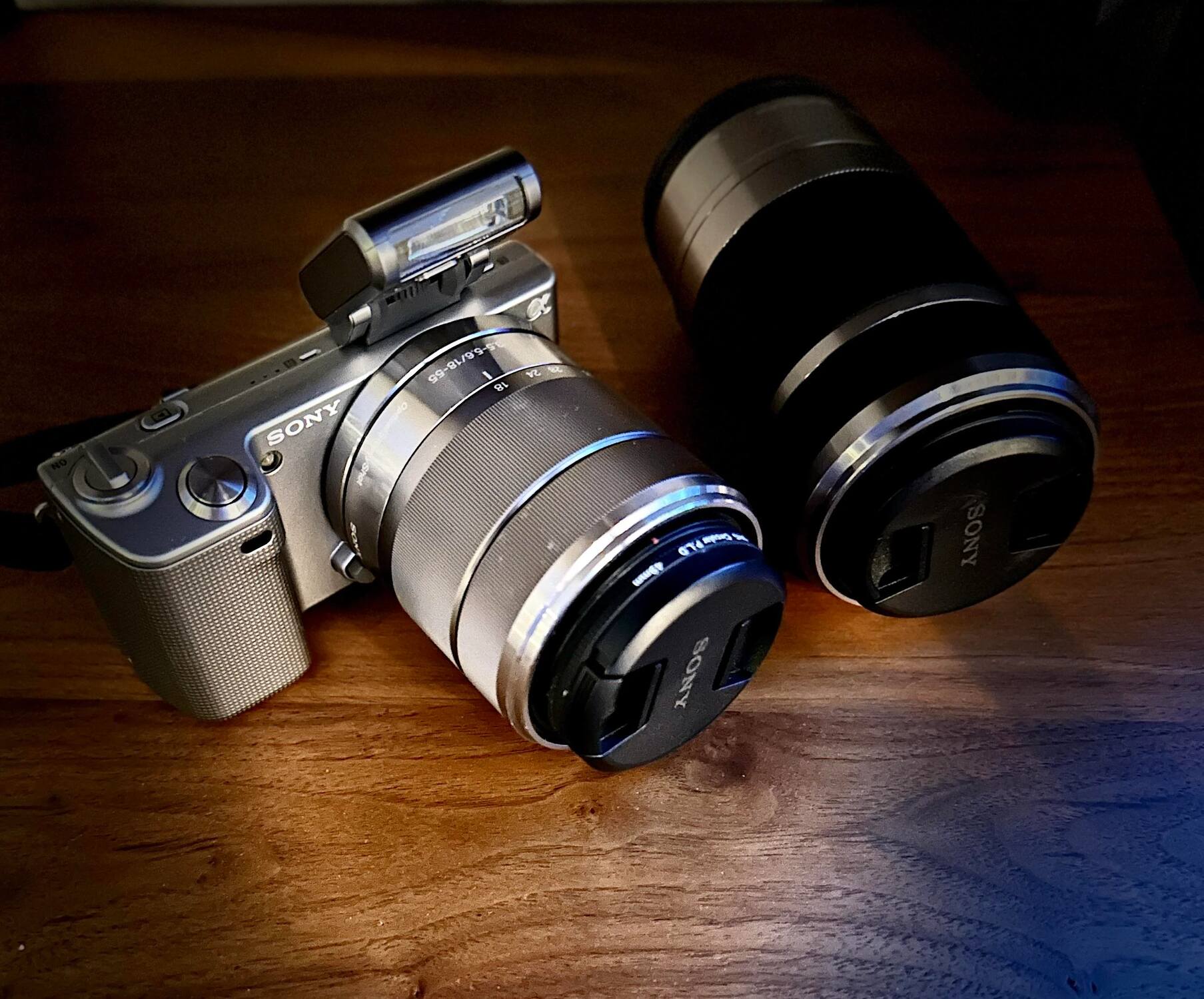Introduction
Welcome to the world of Sony Alpha mirrorless cameras, where convenience and efficiency are at the forefront of photography. One of the most powerful features of these cutting-edge cameras is the ability to program memory and recall settings, allowing photographers to swiftly adapt to various shooting conditions without the need for manual adjustments. In this guide, we will delve into the intricacies of memory programming and recall on Sony Alpha mirrorless cameras, providing you with the knowledge and skills to optimize your photography experience.
Understanding and harnessing the potential of memory programming and recall can significantly streamline your workflow and elevate the quality of your photographs. Whether you are a seasoned professional or an enthusiastic amateur, mastering these features will empower you to capture stunning images with ease.
By the end of this comprehensive guide, you will be equipped with the expertise to set up memory on your Sony Alpha mirrorless camera, utilize memory recall effectively, and implement time-saving techniques for efficient memory programming. Let's embark on this enlightening journey to unlock the full potential of your Sony Alpha mirrorless camera and revolutionize your photography experience.
Understanding Memory & Memory Recall on Sony Alpha Mirrorless Camera
Memory programming and recall on Sony Alpha mirrorless cameras offer photographers a convenient way to store and retrieve customized settings for different shooting scenarios. This feature allows you to save a specific combination of camera settings, such as aperture, shutter speed, ISO, focus mode, and white balance, among others, into a designated memory slot. Subsequently, you can swiftly recall these settings at any time, eliminating the need to manually readjust each parameter when transitioning between different shooting environments.
Memory recall essentially acts as a personalized shortcut, enabling you to seamlessly adapt to diverse photographic conditions without the hassle of reconfiguring the camera settings from scratch. This functionality is particularly valuable in fast-paced or unpredictable shooting situations, where every moment counts and precision is paramount.
By comprehensively understanding the intricacies of memory programming and recall, photographers can optimize their workflow and concentrate on capturing compelling images without being encumbered by technical adjustments. Whether you are shooting in rapidly changing light conditions, moving between indoor and outdoor settings, or switching between different styles of photography, the ability to program and recall memory settings empowers you to maintain creative momentum and seize the perfect shot with minimal disruption.
As we delve deeper into the practical application of memory programming and recall on Sony Alpha mirrorless cameras, you will gain valuable insights into the seamless integration of these features into your photography workflow. By harnessing the full potential of memory programming and recall, you can elevate your photography to new heights, ensuring that every shot reflects your artistic vision with precision and clarity.
Setting Up Memory on Sony Alpha Mirrorless Camera
Setting up memory on your Sony Alpha mirrorless camera is a straightforward process that can significantly enhance your efficiency and precision as a photographer. To begin, navigate to the camera’s menu and locate the memory settings option, which is typically found within the custom or setup menu. Once accessed, you will have the ability to create and customize multiple memory slots, each tailored to specific shooting conditions or preferences.
When setting up memory on your Sony Alpha mirrorless camera, consider the shooting scenarios in which you frequently find yourself. For instance, if you often transition between indoor and outdoor environments with varying lighting conditions, you may want to create separate memory slots for each setting. This allows you to pre-configure the camera settings for each environment, ensuring a seamless transition without the need for manual adjustments.
As you customize each memory slot, take into account the specific parameters that are crucial to your shooting style, such as aperture, shutter speed, ISO sensitivity, focus mode, and white balance. Additionally, consider any custom functions or assigned buttons that you regularly utilize, as these can also be included in the memory settings for a comprehensive and personalized configuration.
Once your memory slots are configured to your satisfaction, it is advisable to test and fine-tune the settings in real-world shooting scenarios to ensure their suitability and effectiveness. This iterative process allows you to refine the memory settings based on practical feedback, ultimately optimizing the camera’s performance to align with your unique photographic requirements.
By adeptly setting up memory on your Sony Alpha mirrorless camera, you empower yourself to adapt swiftly to changing shooting conditions, maintain consistency in your photographic style, and focus on the creative aspects of image-making without being encumbered by technical adjustments. The ability to seamlessly transition between pre-configured memory settings enhances your agility as a photographer, enabling you to capture moments with precision and artistry.
Using Memory Recall on Sony Alpha Mirrorless Camera
Utilizing memory recall on your Sony Alpha mirrorless camera is a game-changing feature that empowers you to effortlessly transition between custom shooting settings with a simple command. Once you have programmed and saved your preferred settings into the designated memory slots, accessing and applying them during a shoot is a seamless process that can significantly enhance your efficiency and creative control.
To activate memory recall, navigate to the camera’s menu and locate the memory recall option. From there, you can select the desired memory slot corresponding to the specific shooting conditions or preferences you wish to apply. With a quick selection, the camera instantly adjusts its settings to match the pre-configured parameters, allowing you to focus on capturing the moment without the distraction of manual adjustments.
Whether you are transitioning from a low-light indoor setting to a bright outdoor environment, or switching between different styles of photography that require distinct configurations, memory recall simplifies the process and ensures a seamless transition. This feature is particularly valuable in fast-paced or dynamic shooting scenarios, where speed and precision are essential to capturing the perfect shot.
Furthermore, the ability to utilize memory recall on your Sony Alpha mirrorless camera enables you to maintain consistency in your photographic style, regardless of the changing conditions. This is especially advantageous for photographers who specialize in specific genres or have a signature approach to their work. With memory recall, you can effortlessly reproduce your preferred settings, ensuring that your creative vision is faithfully translated into every image you capture.
By mastering the art of using memory recall, you unlock a new level of flexibility and adaptability in your photography, allowing you to respond to diverse shooting conditions with confidence and precision. This feature empowers you to focus on the creative aspects of image-making, secure in the knowledge that your camera settings seamlessly align with your artistic intent, regardless of the environment or subject matter.
Tips for Efficient Memory Programming and Recall
Efficient memory programming and recall are essential skills that can streamline your photographic workflow and enhance your creative output. To maximize the benefits of these features on your Sony Alpha mirrorless camera, consider the following tips and techniques:
- Organize Memory Slots: Allocate memory slots based on shooting scenarios, such as indoor, outdoor, low light, and action. This organization facilitates quick access to relevant settings, minimizing the need for manual adjustments.
- Customize Settings Thoughtfully: Tailor each memory slot to encompass the specific parameters that are crucial to your shooting style and the prevailing conditions. This may include aperture, shutter speed, ISO sensitivity, focus mode, white balance, and custom functions.
- Test and Refine: After programming memory settings, conduct real-world tests to ensure their effectiveness in practical shooting situations. Fine-tune the settings based on feedback and adjust as necessary to optimize performance.
- Label Memory Slots: Assign clear and descriptive labels to memory slots to indicate their intended usage. This labeling system enhances efficiency and minimizes confusion when selecting the appropriate memory setting.
- Consolidate Common Settings: Identify settings that remain consistent across different shooting scenarios and allocate them to a universal memory slot. This approach reduces redundancy and simplifies the overall programming process.
- Regularly Update Memory Settings: As your photographic style evolves or as you encounter new shooting conditions, revisit and update your memory settings to reflect these changes. This proactive approach ensures that your camera configurations remain aligned with your evolving needs.
- Practice Quick Retrieval: Familiarize yourself with the process of accessing and applying memory recall during practice sessions. Developing proficiency in swiftly recalling settings can be invaluable in time-sensitive or unpredictable shooting situations.
- Document Successful Configurations: Keep a record of successful memory settings for specific shooting scenarios, along with any adjustments made during real-world applications. This documentation serves as a valuable reference for future optimization.
By implementing these tips, you can harness the full potential of memory programming and recall on your Sony Alpha mirrorless camera, elevating your efficiency, precision, and creative control in every photographic endeavor.
Conclusion
Congratulations on embarking on a journey to master the art of memory programming and recall on your Sony Alpha mirrorless camera. By understanding the intricacies of these features and implementing the tips and techniques provided, you have unlocked a realm of efficiency, precision, and creative control that will undoubtedly elevate your photography to new heights.
Memory programming and recall empower you to adapt swiftly to diverse shooting conditions, maintain consistency in your photographic style, and focus on the creative aspects of image-making without being encumbered by technical adjustments. Whether you are a professional photographer navigating dynamic environments or an enthusiastic amateur exploring the art of visual storytelling, these features provide a seamless pathway to capturing compelling images with ease.
As you continue to refine your expertise in memory programming and recall, remember that flexibility and adaptability are key to harnessing the full potential of these features. Embrace the iterative process of testing, refining, and updating your memory settings, ensuring that they evolve in tandem with your artistic vision and the demands of your photographic pursuits.
With each successful application of memory recall, you reaffirm your ability to respond to diverse shooting conditions with confidence and precision, secure in the knowledge that your camera settings seamlessly align with your creative intent. This newfound agility and control will undoubtedly enhance your photographic journey, allowing you to capture moments with precision, artistry, and unwavering authenticity.
In the ever-evolving landscape of photography, the mastery of memory programming and recall on your Sony Alpha mirrorless camera equips you with a valuable edge, enabling you to navigate the complexities of image-making with finesse and ingenuity. Embrace the possibilities that these features offer, and let them serve as your steadfast companions in your pursuit of visual storytelling and artistic expression.







